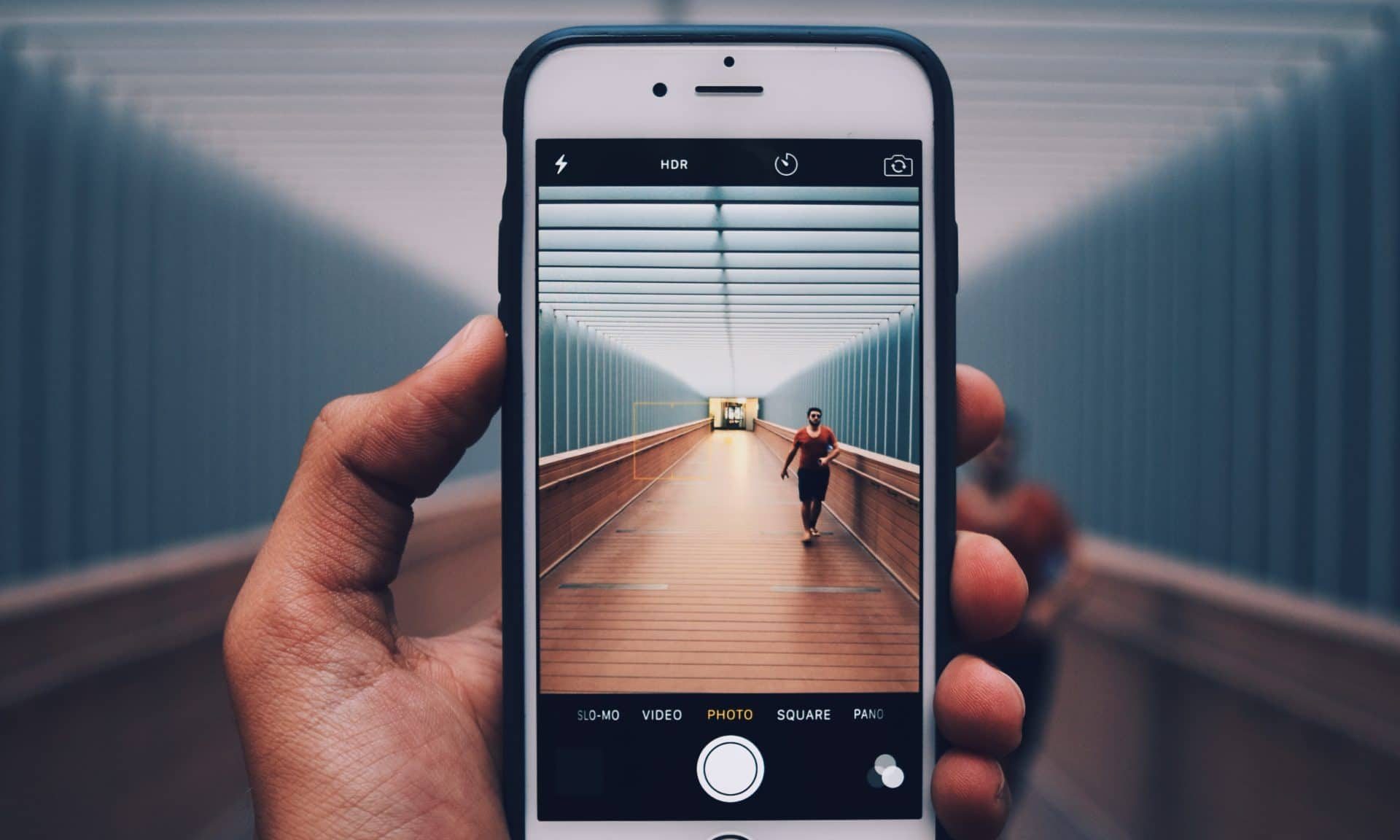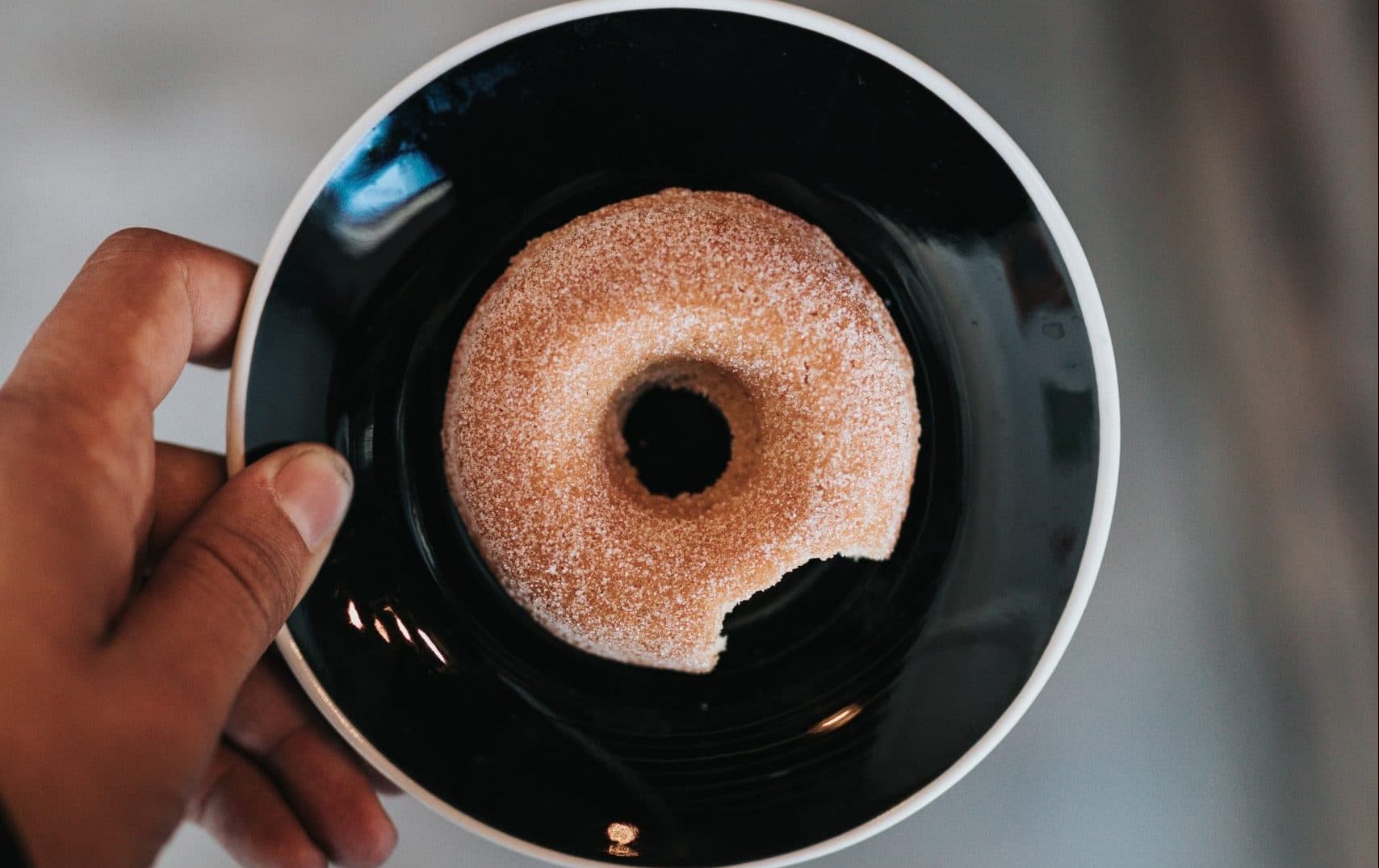
In the last 2 years clinical examinations have changed. They have reduced in number. They happen behind a mask. They may be divorced in time from the history taking. Also, demand for consultation is increasing. Is there a link? It feels that some patients feel that primary care should be like Amazon. Instantly available in the form wanted.
In 2012 our practice fundamentally changed the appointment system because of constant complaints about poor access from patients. Same day appointments were gone by 8:30am. Urgent extra telephone calls caused huge stress at the end of busy surgeries. Sound familiar?
We introduced a system whereby every patient who called for a consultation and where care navigation was impossible was given a telephone consultation. Each slot was five minutes. Some calls were very quick as it was clear that a face to face (F2F) would be needed. This balanced those that took a little longer.1
We introduced a system whereby every patient who called for a consultation and where care navigation was impossible was given a telephone consultation.
If the problem could not be resolved safely then the patient was brought in for a 10-minute F2F consultation. If the conversion rate is less than 50% then it is time-efficient. We averaged about 45%. Of those who came in, some needed to and others preferred to. The 8am avalanche of calls disappeared. No longer was the waiting room jam-packed and the receptionists never had to say they were no appointments. The change was difficult. It took time for patients to trust the system. Eventually they knew if they called at any time, they would receive a call-back that day and a F2F consultation if needed.2
We were clear that we were not experts in telephone consultations and so we sought training which was repeated over the following years. This was extremely beneficial and improved confidence and hopefully competence.
We made changes to the system to align telephone capacity to telephone demand during the day. This was done using PDSA cycles. Using the time that appointments were booked we could predict how many calls per day we would receive, how many we would get in the morning and afternoon and even how many we might get per hour although the smaller the unit of time the greater the inaccuracy. Approximately 50% of calls were received by 10.30am. and between 58% and 64% were in by lunchtime. 27.5% occurred on a Monday. Face to face surgeries were scattered through the day lasting between 1 and 2 hours. Often telephone supply far exceeded demand. This freed time for other tasks.
Patient satisfaction improved dramatically and complaints about access melted away. Stress reduced and reception staff never needed to ask people to try again tomorrow.3
After lockdown in March 2020 as a result of the Covid-19 pandemic… we lost the efficiencies.
After lockdown in March 2020 as a result of the Covid-19 pandemic all calls were moved to 10 minutes and we lost the efficiencies. Infection control policies meant that F2F consultations often took much longer. F2F contacts plummeted in line with guidelines. As the number of people being brought in has increased, we have not been able to return to 5 minutes for telephone consultations across the practice. (Patient expectation, doctor fatigue and concern about going back to 5 mins). We are now less efficient. Waiting times are increasing. We are again asking people to call back tomorrow. Where F2F consultations do occur, one or both parties are wearing a mask and all the subtleties of the non-verbal communications from facial expressions remain compromised. Many patients are happy with a telephone consultation, but others yearn to see the doctor rather than speak to them even where a formal clinical examination may not be needed. This too is causing distress and dissatisfaction.
Is this due to the reassurance that an examination can bring or just a lack of face to face contact?
How has the role of the examination changed?
Does the absence of a face to face appointment or clinical examination increase patient anxiety and telephone consultation rates?
Does it matter to the doctor?
Is there a generational difference?
Are there cultural differences?
How does the communication preferences of either of the participants affect the outcome?
Answers would help in the design of services.
References
- Longman H, Swage T, Better GP access, better A&E outcomes, HSJ, 23 August 2013, https://www.hsj.co.uk/technology-and-innovation/better-gp-access-better-aande-outcomes/5061857.article [accessed 28/4/22]
- GPs’ and practice staff’s views of a telephone first approach to demand management: a qualitative study in primary care, DOI: https://doi.org/10.3399/bjgp19X702401
- Clarendon Surgery Salford, Improving Patient Access to GPs, https://youtu.be/C54HtEkbl8I [accessed 29/4/22]
Featured image by Amir Hanna on Unsplash








